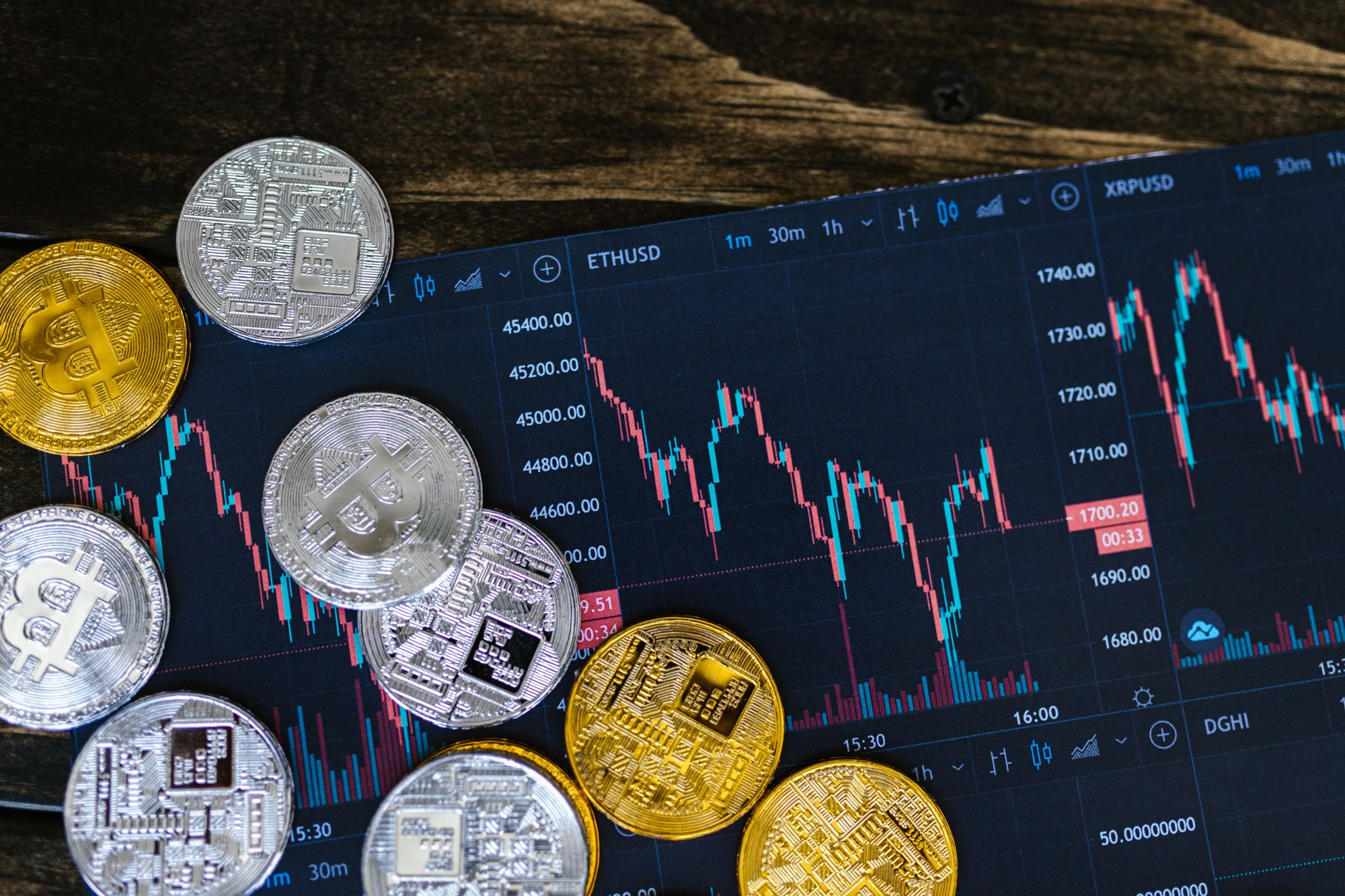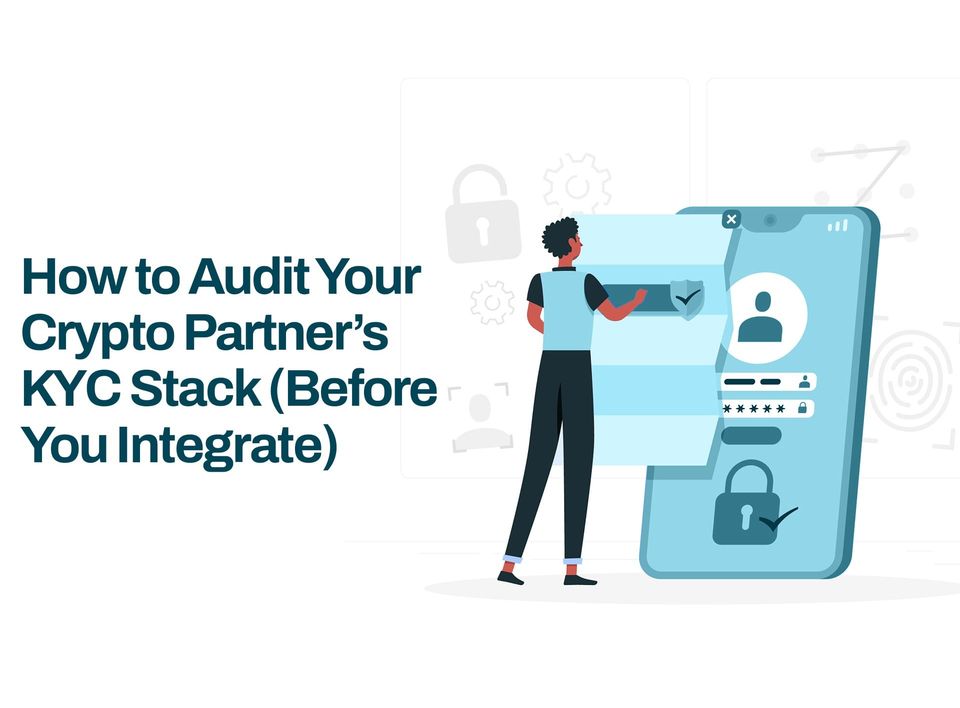How To Set Up And Maintain Your Crypto Portfolio
Your cryptocurrency portfolio is the list of all the crypto assets you’ve bought and are holding in one or more wallets. I

What comes after signing up for a crypto wallet or buying your first Bitcoin (BTC) or Ether (ETH)?
Some people might say riches; others might say regret. We can’t tell you which answer is correct, but we can tell you how to set up a balanced portfolio that lowers risk occurrence and opens up a pathway to positive financial growth.
Acknowledging risk is a fundamental part of investing.
Even when building a fiat portfolio, you must know how much risk you can tolerate and how much time you can dedicate to building up your assets.
Do you want to make a quick profit or play the long game?
This article will explain how to set up and maintain your cryptocurrency portfolio.
What Is A Crypto Portfolio?
Your cryptocurrency portfolio is the list of all the crypto assets you’ve bought and are holding in one or more wallets. It can contain regular cryptocurrencies like Bitcoin, Stablecoins like USDT, NFTs, leveraged tokens, etc.
You can create a spreadsheet or use a portfolio tracker to keep track of all the digital assets you have and the earnings you make from them. However, a learning curve comes with using either of these tools; but they’re worth the effort.
Anyone serious about their finances understands the need to track how and where their money goes.
The same way you track your expenses and fiat investments is how you should track your crypto. We might even suggest you give your cryptocurrency portfolio extra attention because of the market’s volatility.
Types of Crypto Assets You Can Add To Your Portfolio
The commonly known cryptocurrencies are Bitcoin (BTC), Ether (ETH) and Solana (SOL). But crypto assets have more variety than what’s popularly known. There are security tokens, government tokens, non-fungible tokens, and platform tokens; all of which can be added to your asset bag.
Here’s a summary of what each digital asset class means:
Transaction Coins
These are the cryptos used for typical transactions like buying, selling, trading and swapping. Before the invention of smart contracts, cryptocurrency was primarily meant for value exchange like fiat money (Dollar, Naira, Pounds, etc.) Bitcoin, Litecoin (LTC) and Ripple (XRP) are some examples of this asset class.
Leveraged Tokens
Although leveraged tokens are bought and sold like regular transaction cryptocurrencies, they work differently from standard tokens and coins. Leveraged tokens enable traders to multiply their trade profits by betting on the price going up (going long) or going down (shorting).
Stablecoins
Stablecoins are digital versions of fiat currency pegged to the value of that currency. These cryptocurrencies can also be traded and exchanged for the same value. Examples of stablecoins are Tether (USDT), NairaX (NGNX), and USD Coin (USDC).
Security Tokens
These tokens are digital assets minted to represent ownership of an asset, like bonds or shares sold by a company to investors to raise funds. You can own or hold two kinds of security tokens: Asset-based tokens, where the owner gets company or real estate shares, and Equity tokens, where the holder receives ownership rights.
Platform Tokens
Platform tokens are created to support decentralised applications (daps) on the blockchain. They benefit from whatever blockchain they are built upon while increasing security and sustaining transactional activities. They can be used to support digital collectibles, digital advertising, and even gaming platforms. Dai is an example of a platform token, and it is built on the Ethereum Blockchain.
Non-fungible Tokens (NFTs)
These tokens have grown in popularity in the past couple of years. Basically, they are digital collectibles, and users can make an NFT out of nearly anything, including art, event tickets and virtual real estate. Read more about NFTs here.
Governance tokens
A governance token is given to interested parties by the developers of a decentralised autonomous organisation (DAO), decentralised finance (DeFi) or blockchain project. These tokens allow holders to influence decisions and vote for new decisions such as new features, airdrops and alterations of the governance structure. The value of a governance token is directly related to how well the project performs. COMP, issued by the Defi protocol Compound, and AAVE, issued by Defi Lenders Aave, are examples of governance tokens.
How To Set Up And Maintain Your Crypto Portfolio
Here are 5 steps necessary for setting up and maintaining your portfolio:
1. Understand The Crypto And Blockchain Basics
Like any other investment prospect, knowing precisely what and where your money is going is essential. Thankfully, cryptocurrency has been around for over a decade; thus, a considerable wealth of information is available for potential investors like you. Find out everything you need to know about the crypto-blockchain market ecosystem. Read up on common crypto terms and the types of trading available.
Watch Youtube videos about blockchain, NFT, web3 and cryptocurrency. Listen to crypto podcasts and follow thought leaders in the crypto industry on social media. Whatever your preferred method of consuming information, ensure that you apply critical thinking. Remember, this is an investment, and the goal is to profit, whether in the long or short term.
2. Select Some Cryptocurrencies To Invest In
Once you have a thorough understanding of how cryptocurrency and blockchain work, make a list of the coins and tokens you wish to buy.
To guide your purchase, here’s a list of questions you must have answers to before buying any cryptocurrency:
- Who are the creators of the token or coin?
- Does the coin or token have an official website and social media page?
- What is the purpose of the token/coin?
- How many holders does the crypto coin/token have?
- What is the liquidity and transaction volume?
We explained more about these questions in a previous blog post; read it here.
3. Diversify Your Portfolio
It is advisable to split your portfolio into low-risk, moderate-risk, and high-risk assets. If you have more high-risk investments, there’s potential for huge gains and equally huge losses. Conversely, more low-risk assets will bring less heavy losses but low returns. Regardless of your risk appetite, your portfolio should be as balanced as possible.
4. Consistently Rebalance Your Crypto Portfolio
Rebalancing your cryptocurrency portfolio means assessing the assets you’re holding to make changes where necessary. It helps you avoid over-investment in a single asset and gives you the opportunity to add new assets. The volatility of the market makes consistent rebalancing a must for every trader. The price of crypto assets can rise or fall fast based on something as trivial as a rumour or a tweet.
For example, on May 12 2021, when Elon Musk tweeted that Tesla would stop accepting Bitcoin as payment because of environmental challenges, the price of BTC dropped around 15%. Twelve days later, Musk tweeted positively about the North American Bitcoin miners’ plan to publish renewable usage, and the price of Bitcoin went up 4%.

5. Take Risk Management Seriously
Risk management is a concept both beginners and seasoned traders must always prioritise. As a trader, you must understand the best way to manage risk. You have to set a strategy that helps you minimise loss. For instance, your risk management strategy can involve establishing strict rules on when to hold and when to sell. You could decide to sell only when a coin or token has risen 20% or hold as long as the coin doesn’t fall below 15%.
Beginners in the crypto investment market should consider setting aside a specific amount of money for trading and using just a small part to make the first couple of trades. This approach ensures that they will still have money to trade if their investment moves against them.
To provide further context, let’s say you set aside $100 to trade. Then you buy $20 worth of Solana in the hope that it will rise and you can sell it, but instead, the price falls terribly. Despite this loss, you will still have $80 left to trade. To state the obvious, the loss would have been more severe if you had used all the $100 to buy Solana.
Always have a risk management plan and money set aside to offset any losses you may experience while investing in cryptocurrency.
Extra Tip: Do Not Spend All Your Money On Crypto
This is self-explanatory, but it must be emphasised as it is a mistake many beginner traders make. Some traders have been fortunate enough to invest all their money into a coin or token and have cashed out from the trade. However, spending all your money on a crypto investment is not financially advisable, regardless of your confidence in its value. Remember the common saying, “do not put all your eggs in one basket”, and apply it to cryptocurrency investing.
Proper management of your crypto portfolio is the key to landing on the better side of your investments. Wins and Losses will happen.
As Investor and Money Manager Shelby M.C. Davis says, “Invest for the long haul. Don’t get too greedy, and don’t get too scared.”
Disclaimer: This article was written to provide guidance and understanding. It is not an exhaustive article and should not be taken as financial advice. Obiex will not be held liable for your investment decisions.



